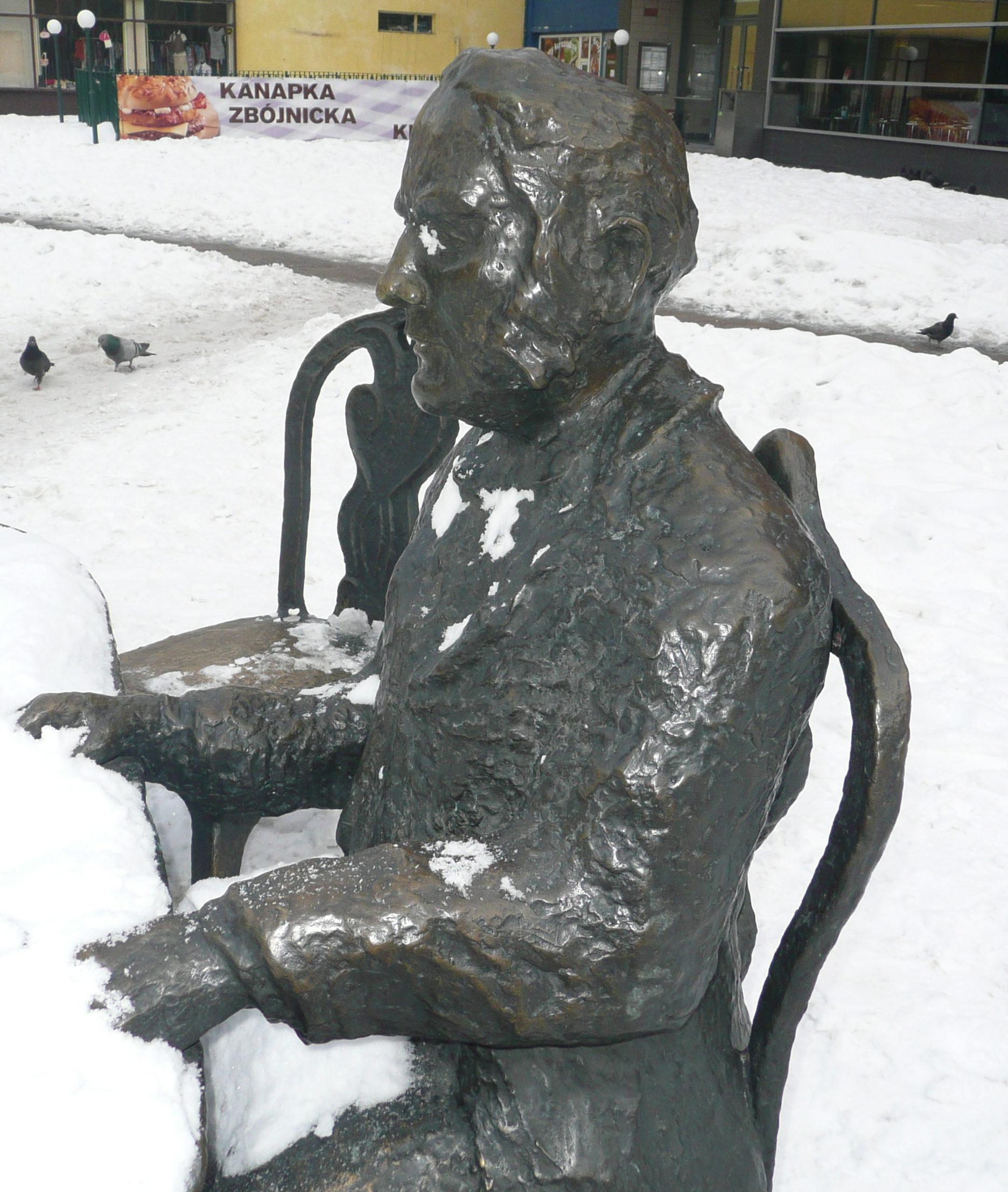Carl Scheibler
Carl Scheibler ( born February 16, 1827 in Gemereth / Eupen, † April 2, 1899 in Berlin, full name Carl Wilhelm Scheibler Bernhard ) was a German chemist.
Curriculum vitae
The son of Friedrich August Theodor Scheibler (1788-1864) from the known in Monschau and Eupen cloth manufacturer Scheibler family and Anna Gertrud Eschweiler (1806-1877) and a grandson of cookbook author Sophie Wilhelmine Scheibler was considered important chemists in the field of sugar research. After leaving school in Aachen and studied chemistry in Berlin, he worked as a chemist at Gustav Werther in Königsberg, and from 1858 to the Pomeranian provincial sugar mill in Szczecin. In 1866 he founded, back in Berlin, the private sugar Chemical and technical laboratory that was used on the basis of research funds as a laboratory of the association of German sugar beet industry and titled as an institute for sugar industry, which was regarded as the first research institution in the food sector in the world. Scheibler was one of the founders in 1867 of the German Chemical Society and the Department of Szczecin Polytechnic Society. Since 1870 he taught as a professor at the Commercial Academy in Berlin and at the Agricultural College in Berlin. In addition, he was from 1877 to 1882 member of the Imperial Patent Office.
In 1882 Scheibler led his research laboratory following a dispute with the association of the sugar beet industry only on a private basis continue and could still earn some lucrative patents. So he gave example of his relatives Cologne Carl Johann Heinrich Scheibler valuable aids in whose researches in the field of fertilizer production and developed in 1888 for Otto von Bismarck a simple method for the production of smokeless powders.
In addition to his professional activities Scheibler was often socially engaged. He founded in 1870 the Berlin local association for the care of wounded and ill warriors in the field, who later became the Berlin institute first aid stations, over which he presided as president of many years, as well as the Berlin local club zum Rothen crosses. For his services Scheibler in 1889 appointed a Privy Councillor. He also participated in the opening up and development of the district Baumschulenweg. Therefore, in 1905 he and his son Fritz was named in honor in Berlin a street after him there.
Carl Wilhelm Scheibler Bernhard was married to Auguste von Riesen ( † 1892) and lived after the divorce from her 1863 with the girlfriend Charlotte Uterhardt ( 1845-1906 ) together. With his wife he had a son who died at an early stage and with his partner five illegitimate children.
Scheibler's achievements in the field of sugar research
After Scheibler was initially dedicated to the exploration of Aluminiumacetats and named after him antiseptic Scheiblerstrasse Mundwassser brought into the trade, he turned away from his Szczecin time the sugar. In 1863 he invented the elution to Melasseentzuckerung and then conducted research in the field of sugar beets contained in the " non-sugar ". He discovered, among others, the betaine, aspartic acid, glutamic acid, arabinose, the arabic acid, dextrans, glycerol phosphoric acid and cholesterol.
Scheibler developed, among other sugar- standard analytical methods such as the Soleil Scheib Kindler polarimeter. His technical work in 1880 reached its climax with the patenting and introduction of Strontianverfahrens to Melasseentzuckerung.
Scheiblerapparat
The Scheiblerapparat is used for the determination of the carbonate content. In this case, a certain amount of a sample is filled (mostly earth, but also water ) in a special glass vessel; in which a vial is mounted in the concentrated hydrochloric acid the vial is filled. Around the vial contains the substance to be tested. After you close to the reaction vessel to the Scheiblerapparat; which is a U- shaped bent glass tube (so that does not adsorb CO2) with acidified water is filled. Then the reaction vessel is tilted, so that the hydrochloric acid flows from the vial through the sample. By the chemical reaction of the carbonate contained in the sample and the hydrochloric acid, CO2, displaces the liquid in the U-shaped glass tube is formed. The displaced volume of fluid (volume of the developed CO2) can be read on a scale and are converted to percent carbonate in the soil. But in the calculation of the temperature and pressure dependence of the volume of gas must be considered. The determination by Scheibler is still a standard method for determining the carbonate content in soils and sediments.









